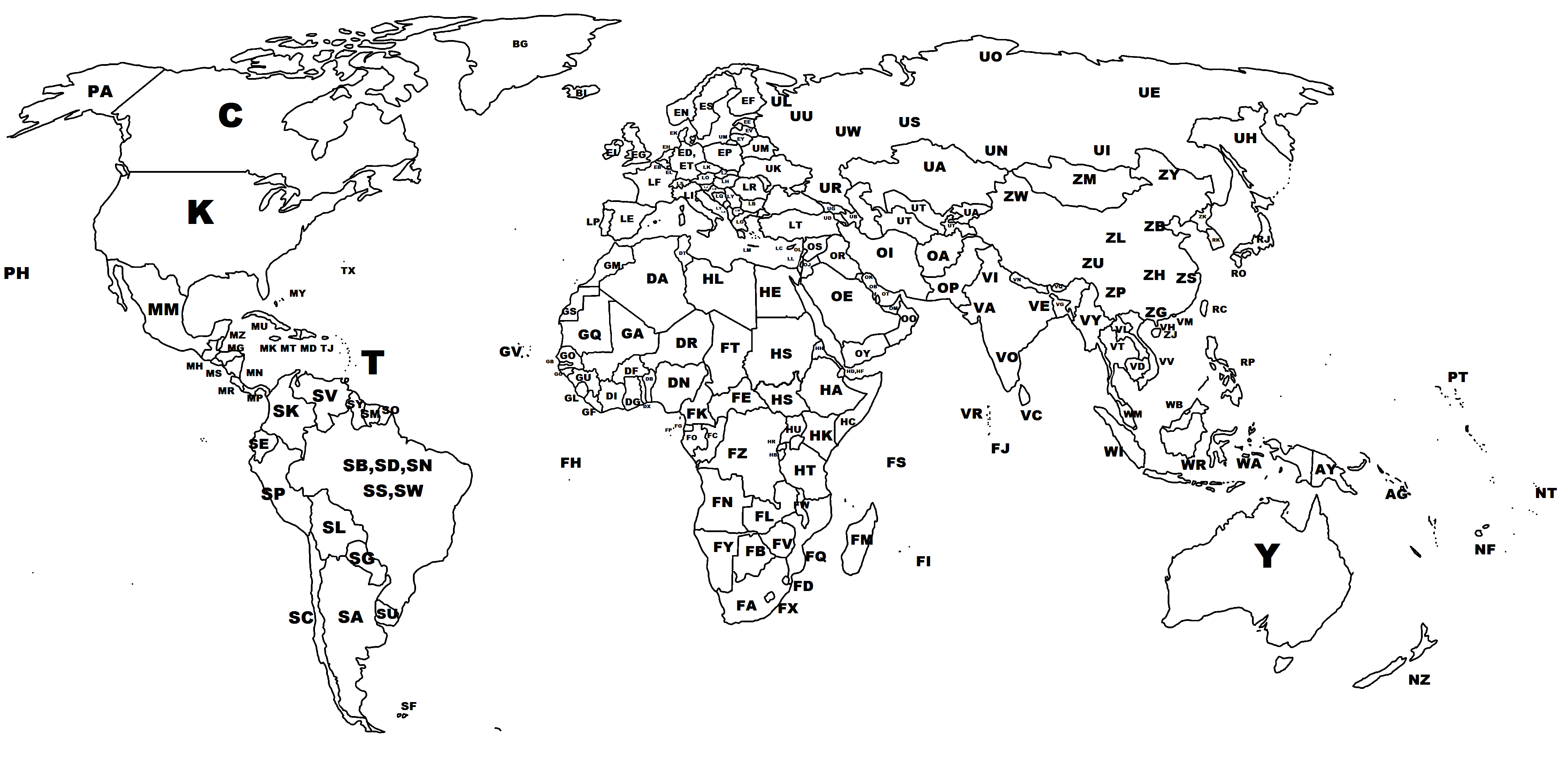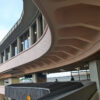“One of my favorite websites on the internet is Airport Codes, a self funded, self-sourced list of all the airports they can scrounge up, and how they got their names. If you’re stuck inside and want a good read, you could spend hours here checking out all of the strange, unique, and frankly inappropriate airport codes that exist.”
Fun With Airport Codes: Information, Search, and Test Your Knowledge

The paragraph you just read was from this article pertaining to how exactly do airports get their codes, which was written by Jon Nickel-D’Andrea of No Mas Coach! — but while Airport Codes is indeed a fun and informative Internet web site which briefly explains the meaning behind each airport code, it is not the only one.
Whether you want to search for an airport code and what it represents or simply quiz yourself for fun, try out some of these other Internet web sites to keep your geeky aviation self busy.
International Civil Aviation Organization
The International Civil Aviation Organization is a specialized agency of the United Nations, established by States in 1944 to manage the administration and governance of the Convention on International Civil Aviation, which is also known as the Chicago Convention.

Airport codes designated by the International Civil Aviation Organization are comprised of four letters. The first letter generally designates a specific region; while the second letter may designate a more finite region in many areas.
For example, K is used for the continental United States — such as KATL for Atlanta and KLAS for Las Vegas — but P is used for Alaska, Hawaii, and other territories of the United States in the northern Pacific Ocean. Examples include PANC for Anchorage, PHNL for Honolulu, and PGUM for Guam.
S represents all of South America — for example, SAEZ is Buenos Aires. Y represents all of Australia — for example, YSSY for Sydney.
International Air Transport Association
The International Air Transport Association represents, leads, and serves the airline industry to improve understanding of the air transport industry among decision makers and increase awareness of the benefits that aviation brings to national and global economies. Advocating for the interests of airlines across the globe, we challenge unreasonable rules and charges, hold regulators and governments to account, and strive for sensible regulation.
Codes for airports and railway stations are comprised of three letters as designated by the International Air Transport Association. The three letters can simply represent the geographic location of the airport or railway station — or they could be based on the history or founding of the airport or railway station.
In the United States and Canada, International Air Transport Association codes are typically based on International Civil Aviation Organization codes. In the United States, the only difference between the codes is the addition of the letter K — for example, ATL for Atlanta is KATL and LAS for Las Vegas is KLAS. In Canada, the only difference between the codes is the addition of the letter C — for example, YYZ for Toronto is CYYZ and YVR for Vancouver is CYVR.
For most other airports around the world, International Civil Aviation Organization codes and International Air Transport Association do not resemble each other — for example:
- JNB for Johannesburg is FAJS
- FCO for Rome is LIRF
- NRT for Tokyo is RJAA
- EZE for Buenos Aires is SAEZ
- AKL for Auckland is NZAA
Airport Codes
This is the fun aforementioned Internet web site at which you can find out the meanings behind the airport codes. For example, JAX is easy enough to guess Jacksonville in Florida; SUX is for the disjointed letters of SioUX City; and PNS is apt enough for PeNSacola — but I would be embarrassed to embark on the itinerary of Jacksonville-Sioux City-Pensacola in that order purely because of their airport codes…
…and there is the airport code of FUK for Fukuoka, which receives more than its fair share of fun poked by people around the world.
What about some airport codes which do not seem to match the location? Here are only three of numerous examples, with actual quotes from Airport Codes:
- KIV — Flights to Chișinău began as early as 1926. Chișinău International get its airport code from the historic English spelling of Chișinău, KIshineV.
- MCI — Before changing its name in 1972, Kansas City International was originally known as Mid-Continent International Airport.
- MCO — Renamed in 1976, Orlando’s airport was originally a military airfield known as McCOy Airforce Base, honoring Colonel Michael Norman Wright McCoy.
Mapping.com
A record of 36,778 locations — 493 of which the codes represent two locations — are kept in a database by David J. Smith at Mapping.com, where you can type in the following codes:
- International Civil Aviation Organization codes
- International Air Transport Association codes
- City codes
- State codes or province codes
- Airport name codes
- Country codes
Test Your Airport Code Knowledge at AirlineCareer
If you are feeling lucky today, try your hand at guessing greater than 645 airport codes worldwide with the Airport Codes Test at AirlineCareer: “As a flight attendant, you’ll use these codes every day. You’ll need to know them for reading your own flight schedule, assisting passengers with their tickets, and for connections announcements. One of the first tests you’ll be given in new-hire training is the airport codes test. You’ll be required to know every airport code for every one of your airline’s destination cities. And there’s not much room for error; most airlines require you to score at least 90% to pass!”
Other tests and tools include:
FlyerTalk
In addition to the hundreds of discussions in the forums which pertain to the sole topic of airport codes, an easy Airport Code Lookup tool is found under the Help pop-up menu at the top of most areas of FlyerTalk. All you need to do is enter the airport code or the city name into the field which is provided and click on the submit button to complete your search.
Summary
Additional information and Internet web sites pertaining to airport codes will either be added to this article or included in an updated article here at The Gate.
By the way, do you believe that you can guess at least 90 percent of the airport codes which are thrown your way? Try the aforementioned quiz and find out…
All photographs ©2010 by Brian Cohen.

